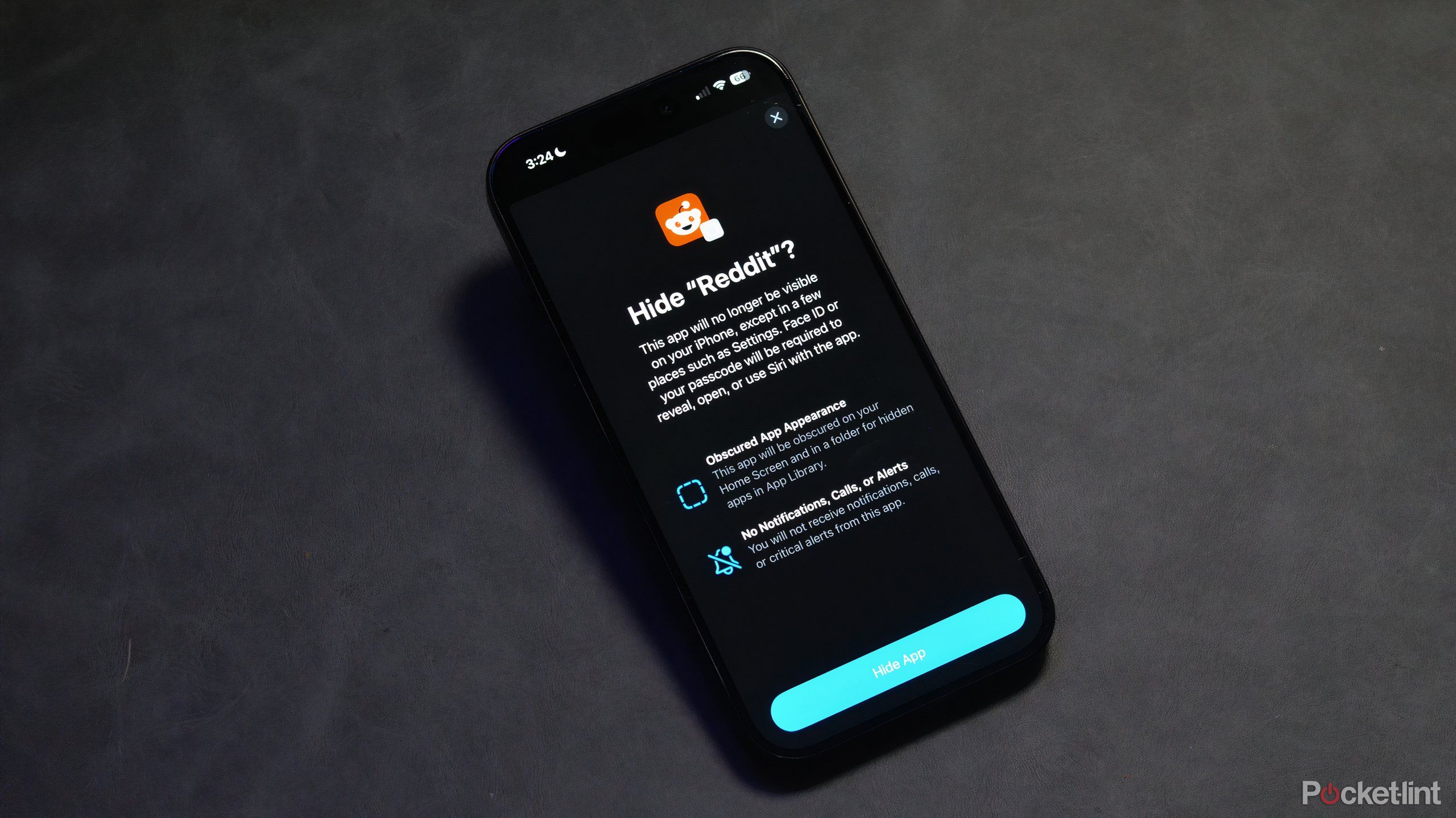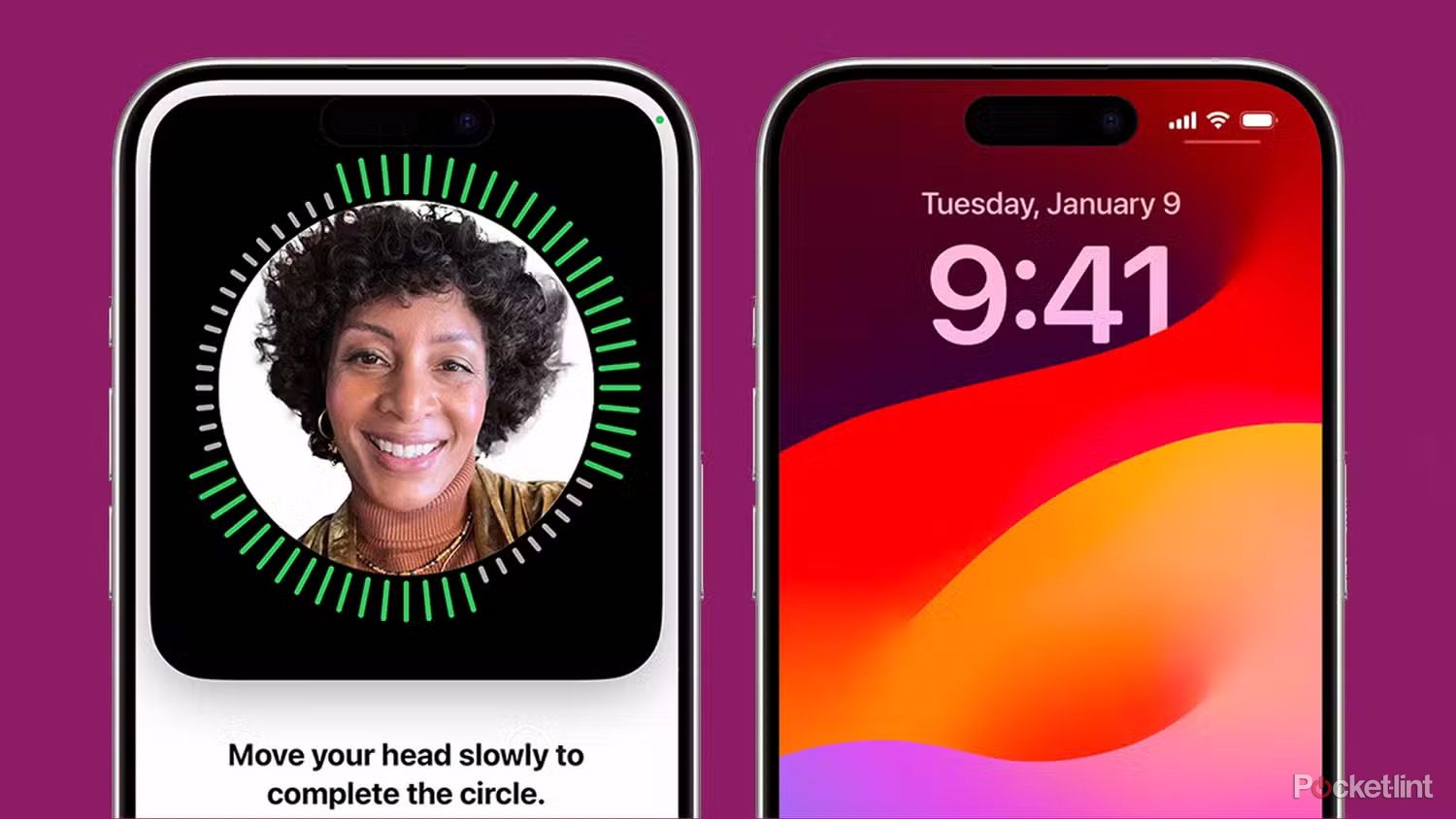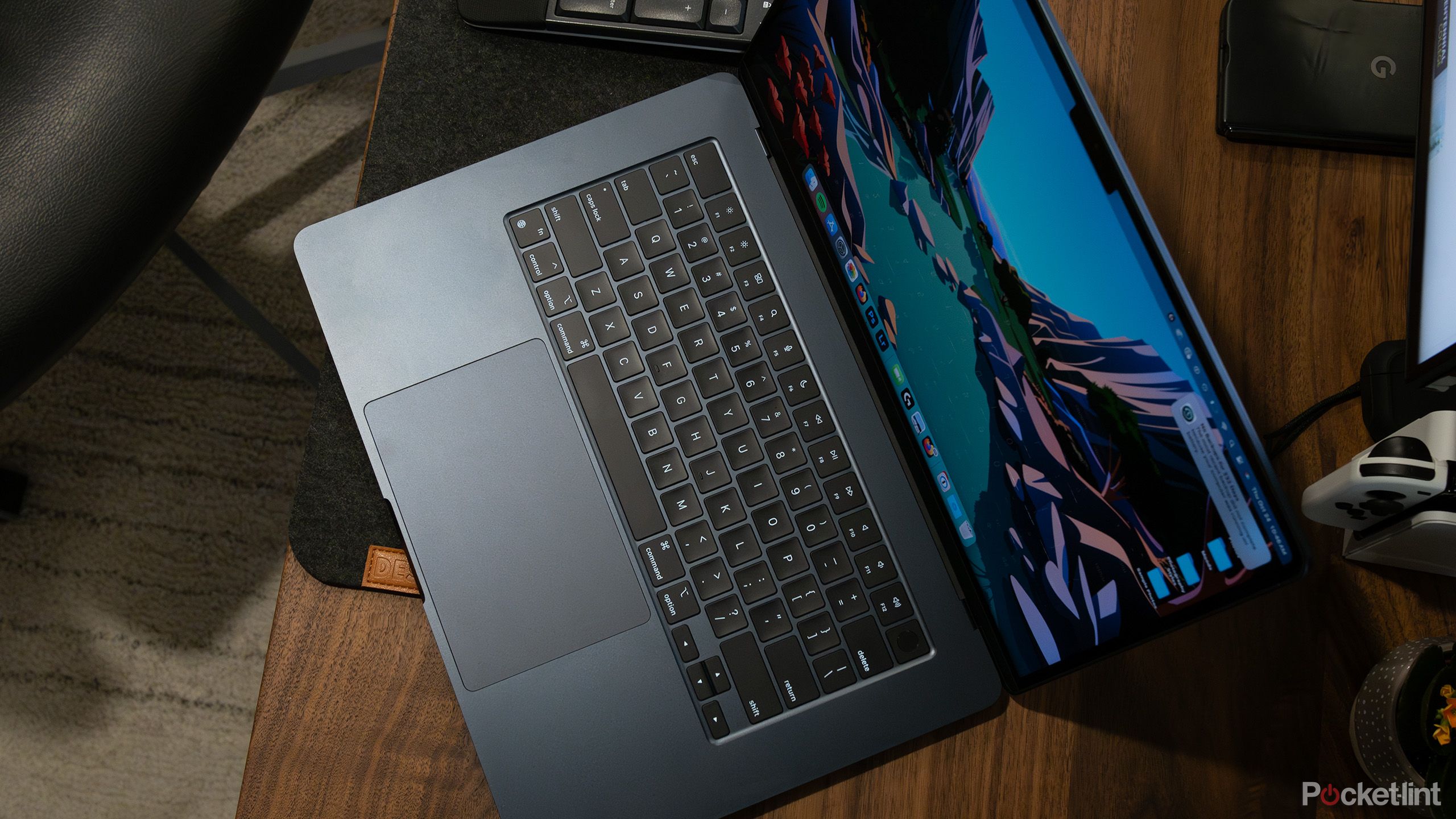Abstract
- Placing Face ID on each Apple machine would pace up entry and permit extra personalization.
- The difficult half could also be overcoming design and technical limitations, to not point out Apple’s tight grip on revenue margins.
- It is nearly definitely coming to extra gadgets — it is only a query of what number of.
Latest rumors trace that Apple is planning a push into the smart home house, for actual this time — along with a HomeKit show hub, we is perhaps getting a sensible doorbell, Bloomberg says. What caught my eye, nonetheless, is that it’d unlock utilizing some type of Face ID, the facial recognition know-how constructed into iPhones. That may be distinctive — whereas many doorbells have individual detection, they inevitably depend on keypads, fingerprint sensors, or wi-fi alerts to really open.
That bought me enthusiastic about the feasibility of Apple including Face ID to all of its gadgets. And once I say all, I imply it — Macs, the Apple TV 4K, even HomePods. Whereas it may not be technically or financially sensible on some merchandise but, it may very well be an excellent purpose to attempt for.
Associated
Apple is reportedly canceling its unreleased iPhone subscription service, and good riddance
It will’ve been nice for Apple and its most diehard followers, however nobody else.
Sooner logins, higher personalization
Hopefully, a brand new degree of comfort
Anybody with a flagship iPhone or an iPad Professional can vouch for Face ID’s comfort. There’s nothing incorrect with Contact ID, naturally — however Face ID is so fast that by the point you even take into consideration unlocking a tool, it is typically already completed. It reduces friction whereas nonetheless enabling safety.
The tech’s actual potential lies in personalization, assuming Apple ever deigns to help a number of Face ID profiles.
That alone could be nice on as many gadgets as attainable — think about not having to kind in a passcode each time you place in your Apple Watch. Mac house owners have complained about Face ID’s absence for years. It looks like such an apparent improve, provided that Home windows PCs have loved facial recognition since Home windows Hey was launched in 2015.
The tech’s actual potential lies in personalization, assuming Apple ever deigns to help a number of Face ID profiles. On a Mac or iPad, think about having totally different apps and settings run based mostly on whether or not it is you, your spouse, or your little one sitting down in entrance of it. Likewise, an Apple TV or HomePod might routinely change streaming providers in addition to viewing/listening histories. One among my pet peeves with tvOS is that in a household scenario, it is easy to finish up with different folks’s histories and watchlists blended into your personal, irrespective of in the event you keep in mind to change tvOS profiles utilizing the Siri Distant.

Associated
Change these TV settings ASAP if you have an Apple TV 4K
Be sure you get essentially the most out of your Apple TV 4K.
Why would not Apple have Face ID on every little thing?
A mixture of exterior and self-imposed limitations
The largest issue is probably going revenue margins. Whereas Apple does make a tidy sum from on-line providers, {hardware} is its bread and butter, so it typically avoids options that will minimize into margins — even when that will enhance market share. Contemplate that whereas Samsung started placing OLED on telephones again in 2009, Apple did not make the change till 2017’s iPhone X. Face ID cameras could also be more and more low cost to fabricate, however Apple little question saves some cash by relegating Mac and iPad Air house owners to Contact ID.
With some merchandise, there could also be inherent design obstacles.
There are additionally technical boundaries. The present incarnation of Face ID works greatest inside an arm’s size — that is wonderful for iPhones, however typically forces you to lean in in the event you’ve bought an iPad Professional. Its vary could be insupportable with a Mac workstation, not to mention an Apple TV on the other aspect of a front room. It’ll take some huge cash and analysis to create dependable room-scale Face ID, provided that it must carry out depth mapping from as much as a dozen toes away.
With some merchandise, there could also be inherent design obstacles. Principally, I am considering of the Apple Watch, which is so compact that any digital camera must be tiny. With HomePods, you’d should implement a conspicuous digital camera module. In any other case, you’d danger folks pointing Face ID cameras at a wall.

Associated
How to use Face ID to hide apps in iOS 18
iOS 18 helps you to cover apps, making them safer from different customers.
What about privateness points?
Sure, extra cameras are a priority
Amazon
Some individuals are routinely suspicious of introducing extra cameras into their dwelling. I am sympathetic with that view, since whereas (respected) corporations have excessive ranges of encryption lately, you are still rising the percentages of a profitable assault, or at the very least the attainable injury if one slips by means of. The rule of thumb with safety cameras is that you need to keep away from utilizing them indoors except you must — hackers will not be capable of see something greater than your driveway or yard.
I belief Apple greater than I do most companies, fortunately. On iPhones and iPads, Face ID is processed regionally, and knowledge is saved in one thing known as the Safe Enclave. That makes it extraordinarily robust to crack, and in reality, I am not conscious of any criminals succeeding at breaking it. It has sometimes been cracked by researchers, however these are expert professionals with gadgets in hand. If somebody is ready to put their mitts in your Apple TV or HomePod, you will have extra quick threats to cope with.
Apple itself would not have any entry to your facial knowledge. So except some revelation emerges, I am unable to see any downside with spreading Face ID far and large.

Associated
These 5 lesser-known settings keep me firmly on team Android
The Android OS is brimming with under-the-radar toggles and settings — listed below are those I at all times make use of on each telephone.
What are the probabilities of Face ID reaching in every single place?
Do not maintain your breath
It is just about assured to achieve Macs and the iPhone SE sometime — presumably as quickly as 2025 — however past that, I am not optimistic. On the iPad Professional, Face ID is a small however vital motive to improve from an iPad Air, and Apple in all probability will not sacrifice that when it is onerous sufficient to justify the Professional’s existence. An M4 chip and a 120Hz show hardly matter when most apps run simply as nicely on an entry-level iPad.
I am going to guess that Apple likes the concept of placing Face ID in every single place simply as a lot as I do.
Apple Watches are a no-go for design causes. Except for the issue of miniaturizing cameras, there’s the priority of battery drain on a wearable that already runs shorter than many patrons would love. Apple can also be presumably apprehensive about aesthetics, and prospects anticipating FaceTime video calls too — a assured battery vampire if there ever was one.
Apple TVs and HomePods are trickier to touch upon. A few of Apple’s rumored good dwelling gadgets embody cameras, but there isn’t any promise that every one of these will embody Face ID, by no means thoughts placing the characteristic on current set-tops and audio system. It would be sophisticated. Even with elevated Face ID vary, an Apple TV must work out which profile(s) to make use of when a number of individuals are on the sofa.
I am going to guess that Apple likes the concept of placing Face ID in every single place simply as a lot as I do — it is principally simply company priorities steering it alongside the present path.

Associated
iPhone SE 4: What we know about Apple’s next budget phone
Apple’s subsequent “price range” iPhone ought to lastly catch as much as trendy designs.
Trending Merchandise

Lenovo New 15.6″ Laptop, Intel Pentium 4-core Processor, 40GB Memory, 2TB PCIe SSD, 15.6″ FHD Anti-Glare Display, Ethernet Port, HDMI, USB-C, WiFi & Bluetooth, Webcam, Windows 11 Home

Thermaltake V250 Motherboard Sync ARGB ATX Mid-Tower Chassis with 3 120mm 5V Addressable RGB Fan + 1 Black 120mm Rear Fan Pre-Installed CA-1Q5-00M1WN-00

Sceptre Curved 24-inch Gaming Monitor 1080p R1500 98% sRGB HDMI x2 VGA Build-in Speakers, VESA Wall Mount Machine Black (C248W-1920RN Series)

HP 27h Full HD Monitor – Diagonal – IPS Panel & 75Hz Refresh Rate – Smooth Screen – 3-Sided Micro-Edge Bezel – 100mm Height/Tilt Adjust – Built-in Dual Speakers – for Hybrid Workers,Black

Wireless Keyboard and Mouse Combo – Full-Sized Ergonomic Keyboard with Wrist Rest, Phone Holder, Sleep Mode, Silent 2.4GHz Cordless Keyboard Mouse Combo for Computer, Laptop, PC, Mac, Windows -Trueque

ASUS 27 Inch Monitor – 1080P, IPS, Full HD, Frameless, 100Hz, 1ms, Adaptive-Sync, for Working and Gaming, Low Blue Light, Flicker Free, HDMI, VESA Mountable, Tilt – VA27EHF,Black













